In the unique world of Amateur Radio, 18th April is a date circled with excitement, anticipation, and a shared sense of camaraderie. It marks the celebration of World Amateur Radio Day (WARD), an occasion cherished by HAM enthusiasts worldwide. This special day is not just a commemoration of the founding of the International Amateur Radio Union (IARU) but also a validation to the enduring spirit of amateur radio operators who continue to play a vital role in global communication.
Origin of World Amateur Radio Day
World Amateur Radio Day traces its roots back to the founding of the International Amateur Radio Union (IARU) on April 18, 1925. The IARU, established in Paris, France, brought together amateur radio enthusiasts from around the world under one unified umbrella. Since then, April 18th has been chosen as a day to celebrate the contributions of amateur radio operators to society.
What is IARU & its functions
The International Amateur Radio Union (IARU) is an international organization that represents national amateur radio societies around the world. Founded in Paris, France on 1925, it played a pivotal role in facilitating international collaboration among Amateur radio enthusiasts.
IARU’s main functions include:
- Promoting international cooperation among amateur radio societies.
- Representing the interests of amateur radio at international conferences.
- Coordinating emergency communication activities.
- Encouraging the development of amateur radio.
Does IARU have offices in all Countries
IARU does not have physical offices in every country. It primarily functions as a coordinating body for national societies.
Instead of physical offices, the IARU operates through its member societies located in various countries. These member societies are national ham radio organizations that represent the interests of hams in their respective countries. The IARU works with these societies to achieve its goals and promote amateur radio on a global scale.
The IARU itself doesn’t have a governing body specific to each country. It functions with member societies representing different nations. In the United States of America, the member society for the IARU is the American Radio Relay League (ARRL).
The ARRL acts as the official representative for US ham radio operators within the IARU. It plays a crucial role in advocating for the interests of American hams on an international stage. Additionally, interestingly, the ARRL also hosts the International Amateur Radio Union International Secretariat (IARUIS) at its headquarters in Newington, Connecticut, USA. So, while the IARU doesn’t have a US governing body per se, the ARRL plays a vital role in both national and international aspects of amateur radio.
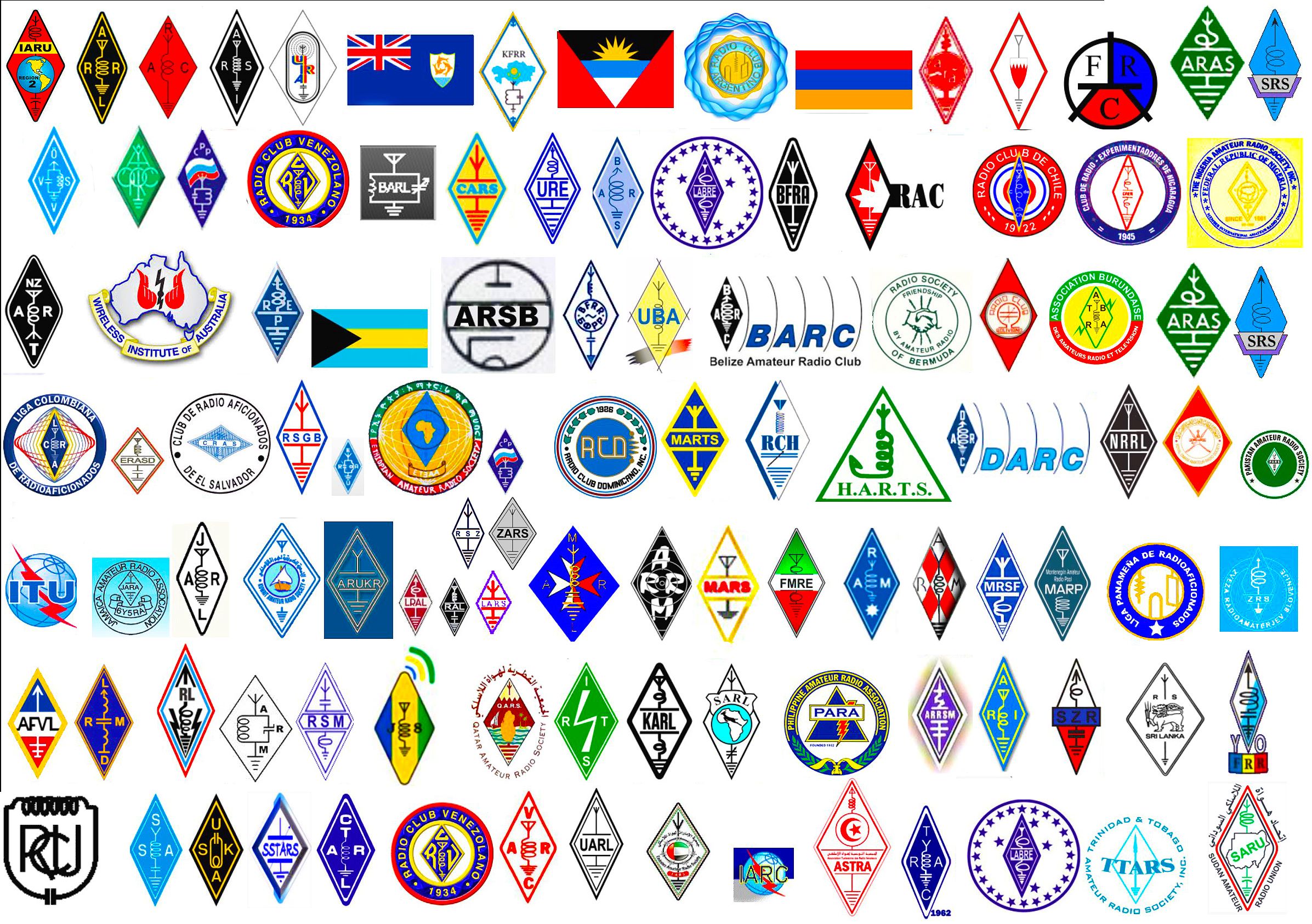
A Century of Wireless Connections: Theme for 2024
With the IARU approaching its centenary in 2025, the theme for World Amateur Radio Day 2024 is “A Century of Connections: Celebrating 100 years of Amateur Radio Innovation, Community, and Advocacy.”
This theme highlights the rich history of amateur radio, its continuous advancements, the strong sense of community it encourages, and the advocacy efforts that ensure its continued existence.
On World Amateur Radio Day, HAM operators around the globe come together to celebrate their passion for radio communication. The day is marked by a myriad of activities, events, and special transmissions. From Radio Contact contests that test the skills of operators to public demonstrations showcasing the wonders of amateur radio, there is something for everyone to enjoy.
Radio Enthusiasts can promote their personal WARD activities on all social media platforms with hashtag #WorldAmateurRadioDay.
Community Involvement, it Impact and Recognition
One of the most remarkable aspects of World Amateur Radio Day is the enthusiastic participation of the HAM community. Amateur radio operators, or “HAMS,” as they are affectionately known, organize and participate in various events. These may include public demonstrations, antenna-building workshops, Morse code classes, and community service activities.
The impact of Amateur Radio goes far beyond mere hobbyist interests. During times of crisis and emergencies, amateur radio operators have played a crucial role in providing vital communication links. Governments and emergency response agencies often recognize the value of amateur radio, providing support and resources to HAM operators.
During its celebrations various Radio Contests are held from 16th- 23rd April in 2024. These events and contests list for April 2024 can be checked here:
https://www.arrl.org/files/file/Contest%20Corral/2024/April%202024%20Corral.pdf

Celebrating Innovation: From Shortwave to Satellites
Amateur radio boasts a remarkable legacy of innovation. Early Hams were pioneers in exploring the potential of shortwave radio for long-distance communication. Their experimentation and discoveries paved the way for advancements in radio technology that have benefitted innumerous tech-domains today.
Amateur radio operators continue to push boundaries. They experiment with digital modes, satellite communication, and even participate in cutting-edge projects like the Amateur Radio on the International Space Station (ARISS) program, which allows students to make contacts with astronauts in orbit.

Real-World Examples: How Hams Make a Difference in Society
Amateur radio plays a vital role in disaster and relief operations. When traditional communications hinder or fail, HAMs can establish vital links with their wireless transceivers & antennae, relaying critical information and connecting emergency personnel. For instance, during Hurricane Katrina in 2005, ham radio operators were instrumental in providing communication support when other systems were down.
Similarly, after the 2011 earthquake in Japan, hams played a crucial role in relaying messages and providing a lifeline for those affected by the disaster. These are just a few examples of how ham radio continues to be a valuable tool in times of need.
Pioneers of Amateur Radio: A Collective exploration
The wireless signaling and voice transmission technology’s development involved several key figures. Most important contributors to the early days of Amateur radio:
- Guglielmo Marconi: Not strictly a “Ham” in the traditional sense, Marconi’s work in the late 1890s with wireless telegraphy laid the foundation for Amateur radio experimentation. His transatlantic communication success in 1901 sparked widespread interest in exploring the potential of radio waves, and its commercialization.
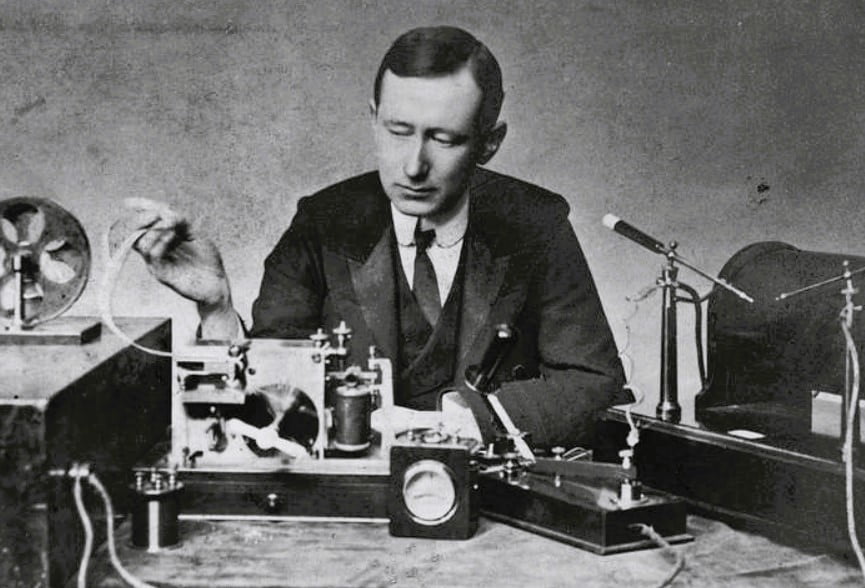
- Heinrich Rudolf Hertz: Hertz’s crucial experiments in the 1880s provided the scientific foundation for radio technology. He proved the existence of electromagnetic waves, a key concept upon which radio communication relies.
- Nikolai Tesla: Around 1893, Tesla conducted public demonstrations showcasing wireless communication principles. Though his approach differed from Marconi’s later work, it helped spark public interest in the potential of radio waves for transmitting information.
- Ferdinand Braun: Braun shared the Nobel with Marconi in 1909. He produced first spark-less antenna circuit and developed crystal rectifiers used in receivers. He is also known as the developer of the cathode-ray oscilloscope used as a major tool in radio.
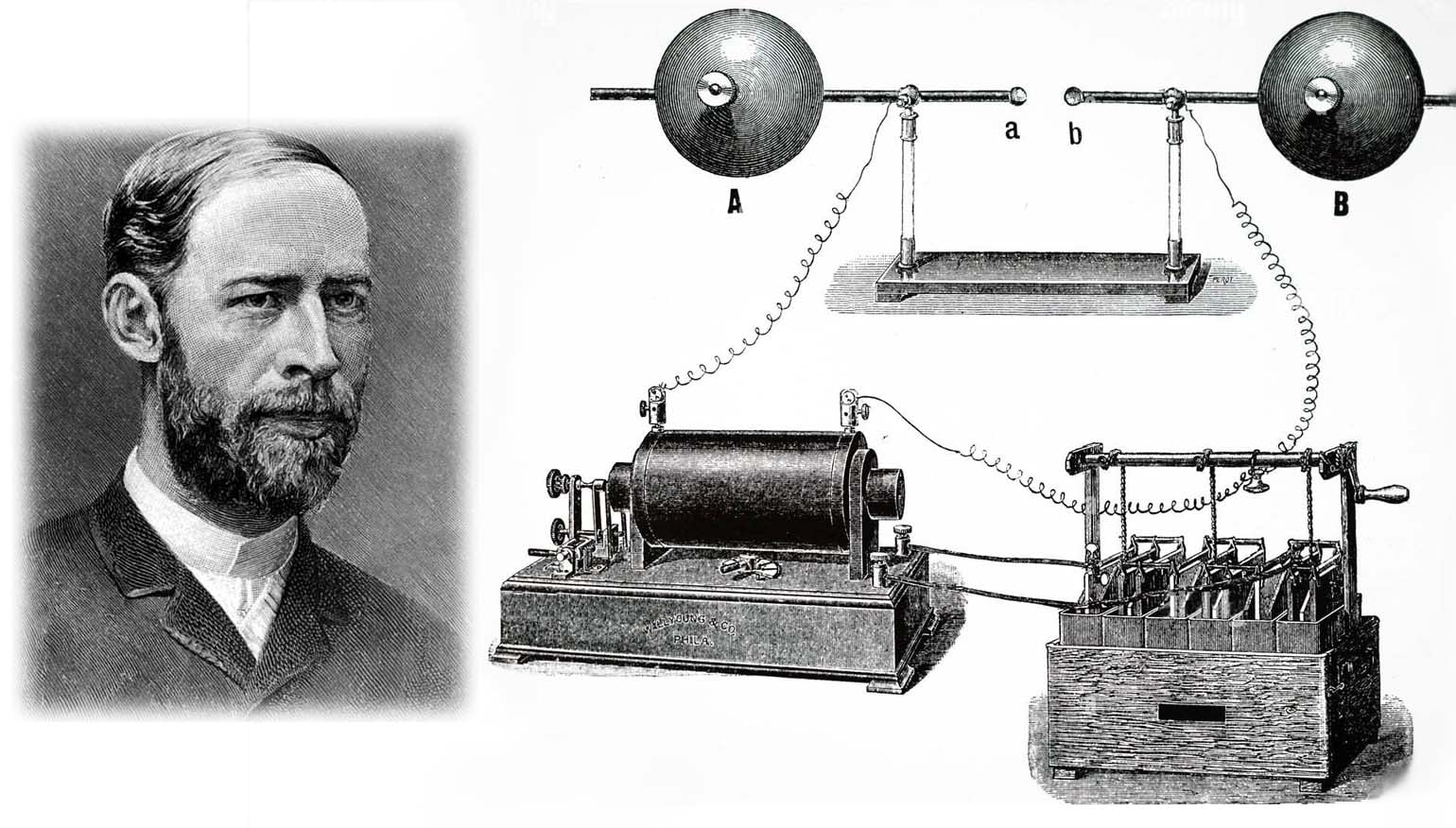
-
Édouard Branly, Sir Oliver Joseph Lodge, and Sir Jagadish Chandra Bose’s experiments on early wireless telegraph receivers and micro-waves from 1890-1895, led to the discovery and improvements on the coherer, an early form of radio waves detector device.
- Early Amateur Experimenters: Following Marconi’s lead, numerous individuals across the Globe began tinkering with radio equipment in the early 1900s. These early “Hams” were instrumental in refining radio technology for communication purposes. They formed clubs, shared knowledge, and pushed the boundaries of what was possible with Radio Waves.
- Amateur Radio clubs: The formation of early independent organization’s like the American Radio Relay League (ARRL), Radio Society of Great Britain (RSGB) and many more instigated innovations among HAMs, accelerating the development of Amateur radio in the 20th Century.
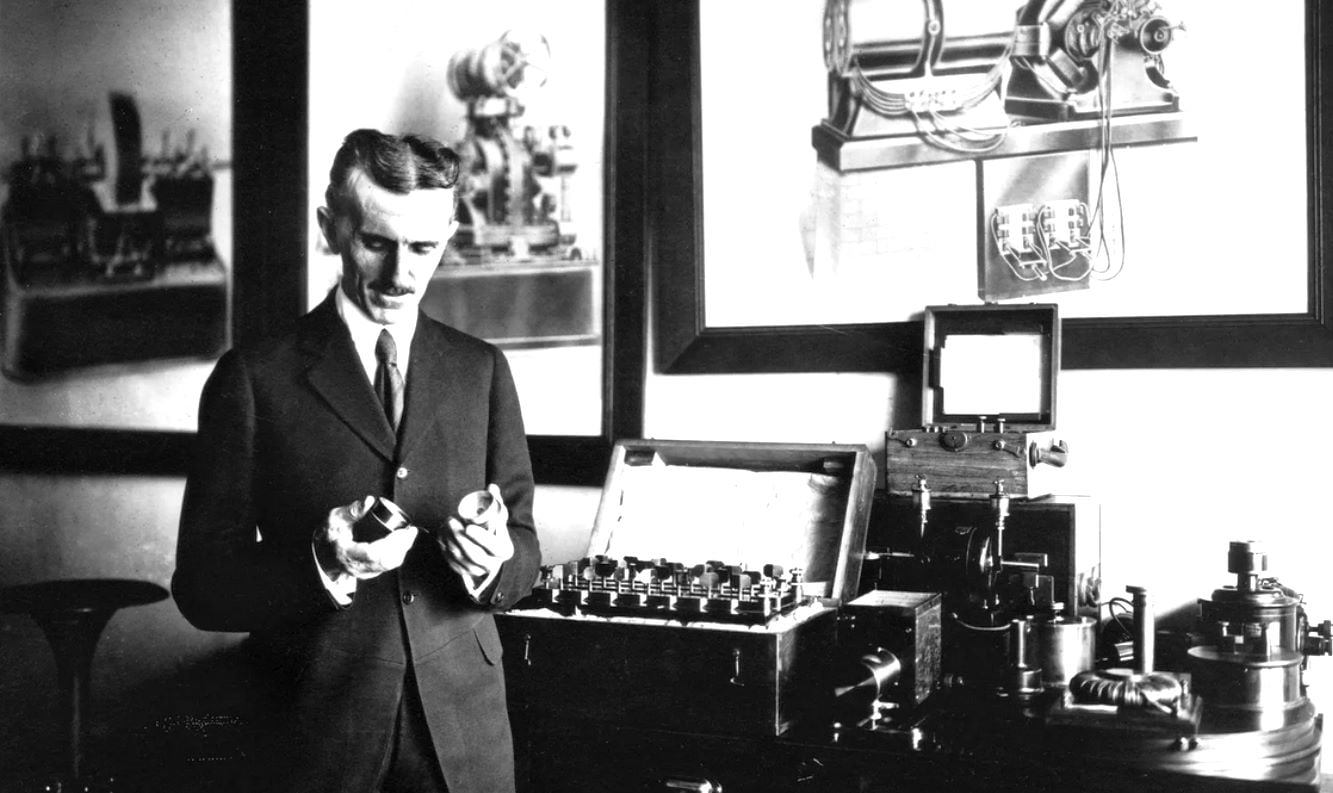
Pioneering days of Amateur radio was a period of collective exploration and experimentation. While some individuals standout for their patents and commercial marketing, but the true spirit of Wireless lies in its collaborative nature and the passion of countless geniuses’ who made this technology what it is today, the true base and reason for all Worldwide developments!
Promoting Amateur Radio: Challenges and Resilience
World Amateur Radio Day also serves as an opportunity to promote the electronics-dyi-radio hobby to a wider audience. Educational initiatives such as school visits, youth camps, and radio licensing courses help introduce newcomers to the world of amateur radio. By sharing their knowledge and expertise, HAM enthusiasts inspire others to explore the wonders of radio communication.
Despite the advancements in technology, Amateur Radio face its challenges. From dealing with radio frequency interference to navigating regulatory hurdles, atmospheric atrocities, HAM enthusiasts demonstrate remarkable resilience. They adapt to new technologies while preserving the time-honored traditions of this hi-tech hobby.
Future of Amateur Radio
Looking ahead, the future of amateur radio is bright with possibilities. Advancements in equipment, such as software-defined radios and digital modes, continue to expand the horizons of HAM communication. Initiatives to attract younger generations to the hobby ensure that the legacy of Amateur Radio will endure for centuries to come.
World Amateur Radio Day is not just a celebration of a hobby; it is a celebration of the connections forged across continents, the resilience of a global community, and the spirit of sustainable scientific exploration.
So, on April 18th, join HAM enthusiasts worldwide as they tune in, key up, and reach out to the world.
HAPPY WORLD AMATEUR RADIO DAY to one and all !


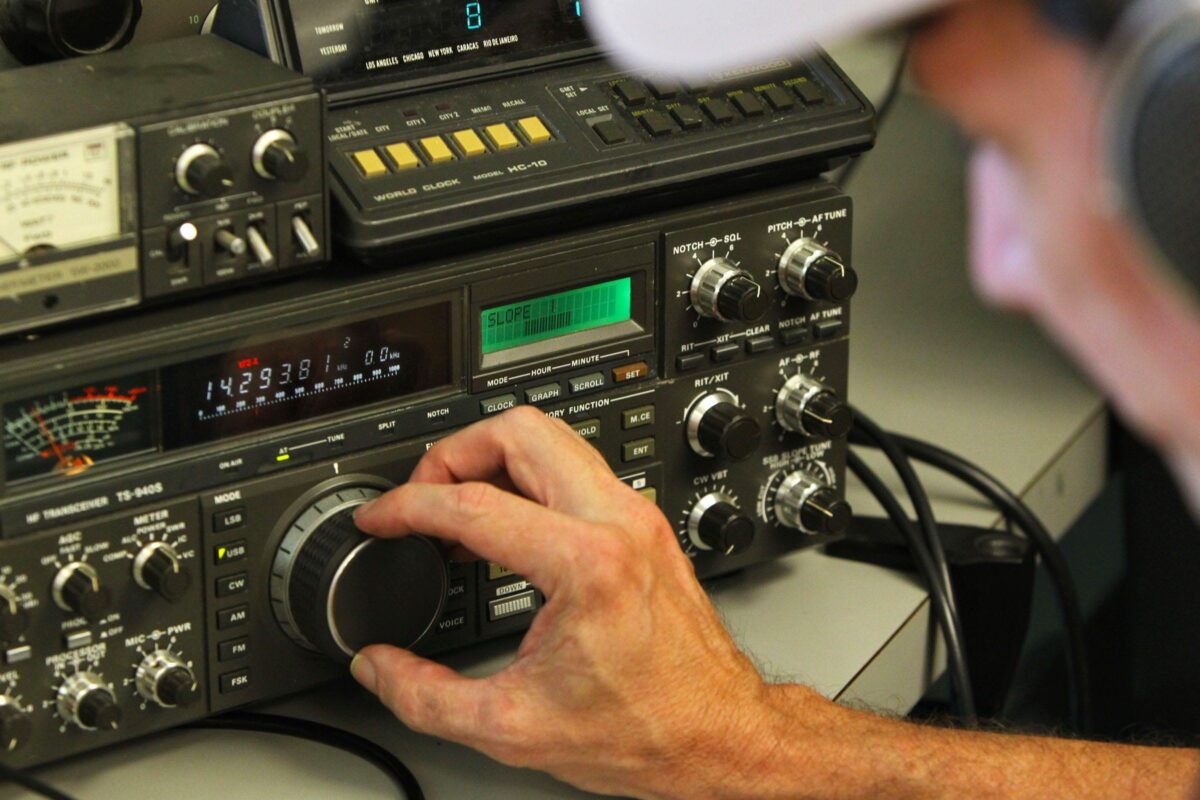
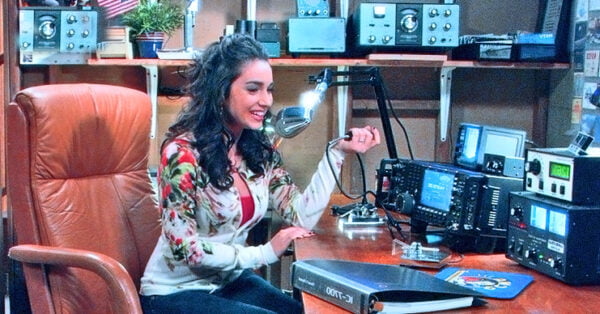
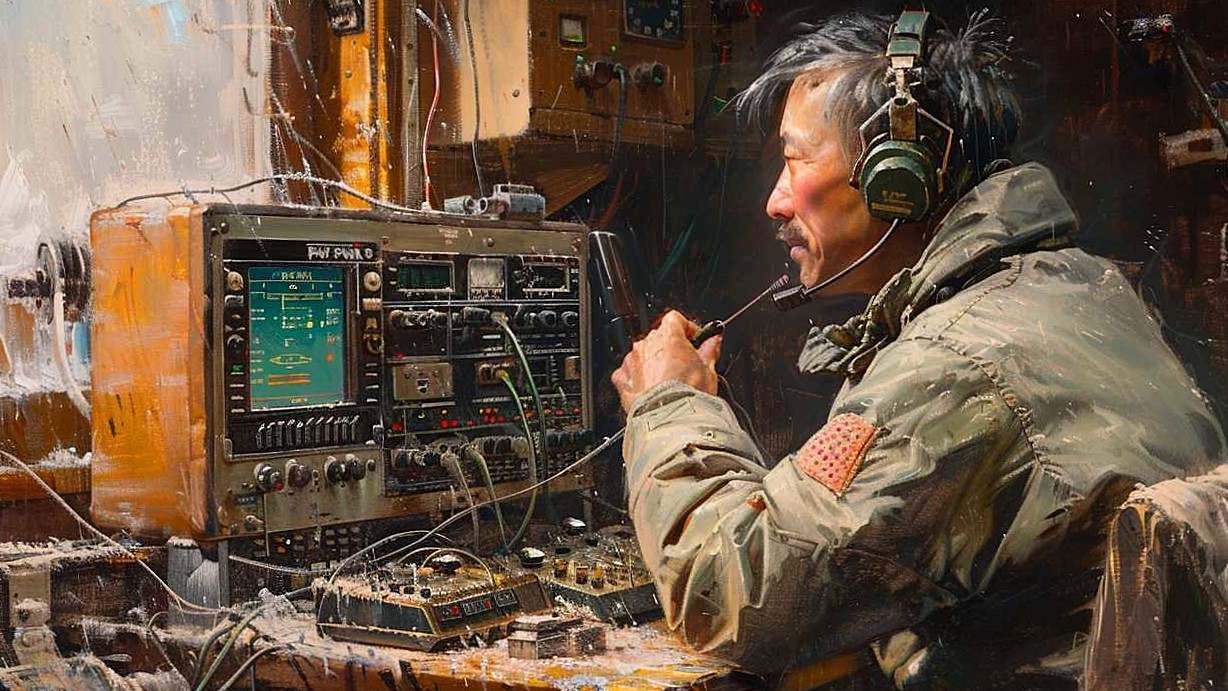


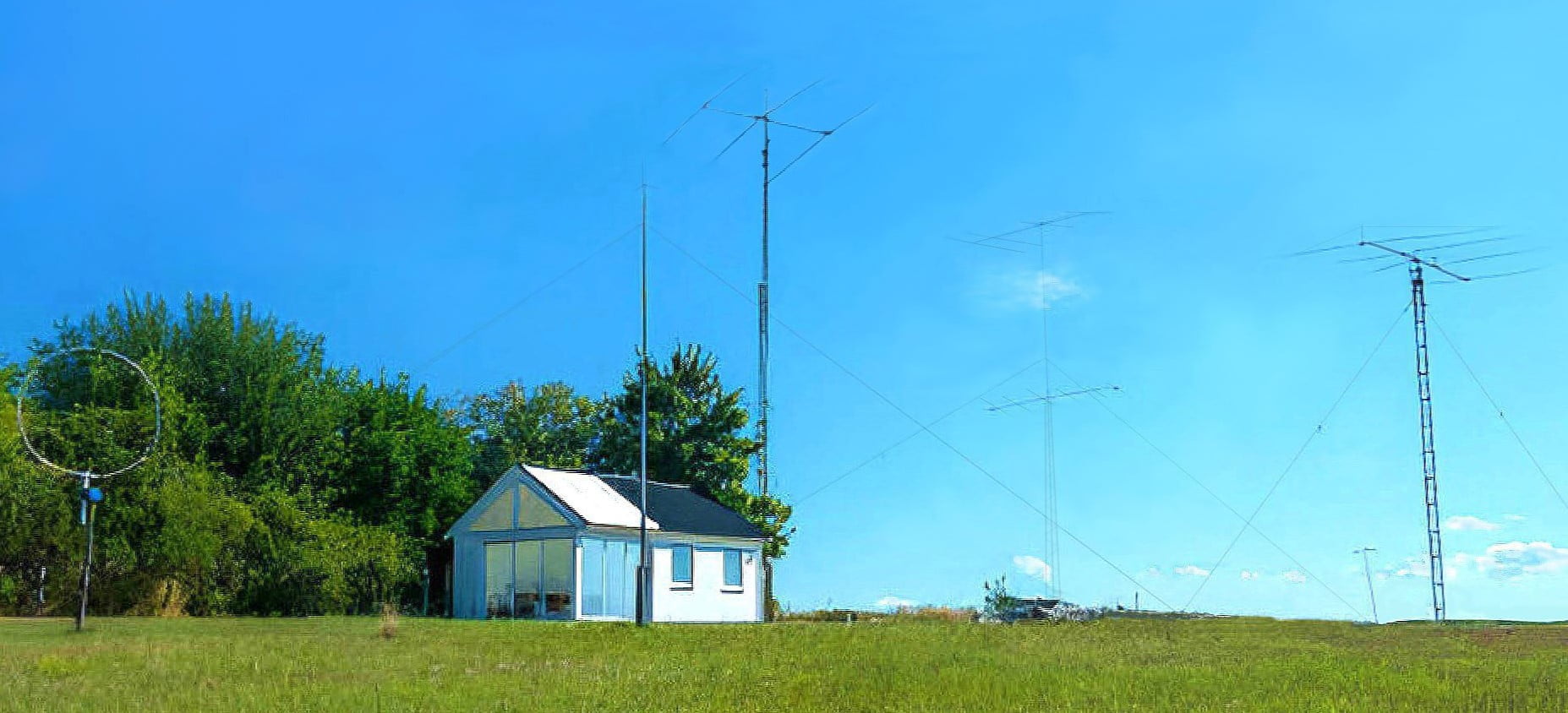
हार्दिक बधाई एवं शुभकामनाएं
Our Happiest Food for Thought for HAM Radio Inception Day जय हो नमन
Godspeed